Can you imagine if your car could only travel in one direction; never being able to turn left, right, or in the opposite direction? You could drive away from home, but you would be unable to return. Luckily, you will make it home because your vehicle is equipped with a differential, giving it the ability to turn corners.
The differential on your car is a vital component that affects your driving ability.
Learn more about the differential, why it’s essential to your vehicle’s operation, and what to do if the differential fails.
What is a Differential on a Car?
The car differential is part of the axle assembly. It connects to the transfer case, or the transmission, through the driveshaft. The power generated by the engine is sent to the vehicle’s wheels, thus giving you the ability to turn.
This essential component can drive a pair of wheels while rotating at different speeds.

Each vehicle’s differential system is different and based on the wheel drive of your car. A car with front-wheel drive is equipped with a front differential, while all-wheel drive and four-wheel drive vehicles utilize both front and rear differentials to direct power to all four wheels.
The differential provides comparative revolutions per minute (RPM) between the left and right wheels. It distributes an equal amount of torque to the wheels, allowing them to respond to the resistance to provide traction and rotate less. Less resistance equals faster rotation.
For example, the inner wheel rotates about 15 RPM less when driving around a corner. The outside tire does the complete opposite. When turning, the outer tire rotates 15 RPM more than traveling straight.
Not all vehicles are equipped with a differential, though. Go-kart wheels rotate at the same speed, often with a common axle powered with a chain drive.
Different Car Differentials
The differential on a front-wheel-drive vehicle is next to the transmission in the transaxle. A rear-wheel-drive vehicle’s differential is located between the rear wheels and is connected to the transmission by a driveshaft.

Four-wheel and all-wheel drive vehicles have a centrally located differential that distributes power to
both the front and rear wheels. Modern cars may have an electronic all-wheel drive that uses electric motors to power the rear wheels and adjust their speed as needed for turns.
While any differential can help you turn a corner, there are different designations for your vehicle’s type – and some are better than others. Your car has one of three differentials: open, limited-slip, or torque vectoring.
Open Differentials
The most common and reliable type, the open differential is a classic that is acceptable for various vehicles. The pinion gear located at the end of the driveshaft engages with the ring gear and transfers power to both axles through a set of gears.

Open differentials are best for vehicles not intended for high-speed racing or rock climbing. If one wheel slips, all power goes to the wheel with limited traction.
Limited-Slip Differentials
Similarly designed to the open differential, the limited-slip style utilizes an integrated clutch system. The clutch locks the left and right sides of the axle together in the event of a wheel losing traction.
Limited-slip systems are ideal for high-performance vehicles and vehicles with heavy towing capacities.
Torque-Vectoring Differentials
The newest technology amongst differential systems, the torque-vectoring style involves a complex assembly of sensors and electronics to calculate data from the steering system, throttle position, road conditions, and more to improve the distribution of power to each wheel.
Torque-vectoring differentials offer maximum traction for cornering and dramatically increases performance.
Disabled Differentials
By now, you know that the differential adjusts the spin of your wheels when traveling around corners.
Without a functional differential, your vehicle is vulnerable to excessive strain on other components that can result in irreversible damage to your car. If your vehicle’s differential is malfunctioning or is disabled, your vehicle may display the following symptoms:
- Tire Damage – Tires forced to spin at unintended speeds may result in damages from cornering. Look for unusual wear or damage to the sidewall or outer treads.
- Vibrations – Vibrations may occur if the universal joints, or U-joints, are worn out. Worn U-joints cause the driveshaft to vibrate, especially during rapid acceleration.
- Handling – Difficulty going around corners or controlling the vehicle is a good indicator that the differential is in trouble. A failed differential can negatively affect handling and lead to an accident.
- Whining Noise – A failed differential will produce a whining sound due to poor lubrication. It may also indicate a leak.
- Grinding Gears – Worn gears, combined with low differential fluid, produces a grinding or humming sound.
Driving with a Damaged Differential
Can you drive with a bad differential? Yes. But should you?
It’s not a good idea, and it puts your safety at risk. A damaged differential may worsen to the point where your vehicle may be so challenging to handle that you cannot control it.
With any component on your vehicle, continuing to ignore the problem or avoiding repairs can only make the situation worse by damaging other parts. Taking your car to a trusted automotive specialist for an inspection is crucial.

Quality Auto Repair You Can Trust
Are you looking for a trusted automotive specialist? Look no further than Sun Devil Auto!
Our ASE-Certified Technicians are well-versed in everything under the hood and from bumper to bumper. We offer services for all makes and models of most cars and light trucks.
Sun Devil Auto’s specialty is making sure you are delighted with your experience.
Give us a call for help with your vehicle’s differential, brakes, or even a simple oil change. Our friendly team of Service Advisors and Technicians are ready to assist you with all your automotive needs.
